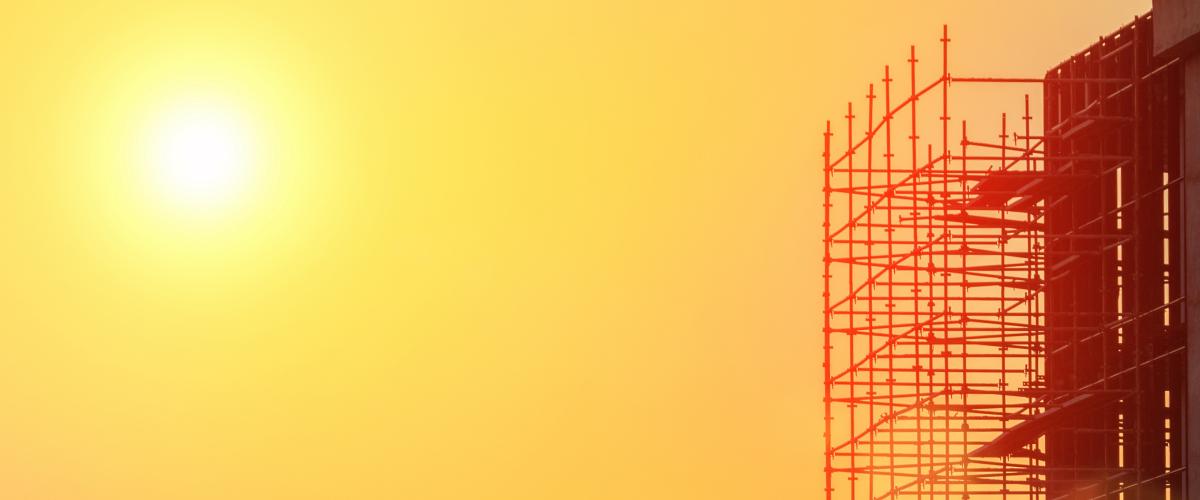
Blogs
Instead of looking at potential future damages, we must look at how hydromet services can help cities and communities flourish with greater resilience today:
Globally, river floods affect more than 21 million people. By 2030, due to climate change, population growth, and rapid urbanization, this number could rise to 54 million.
The World Bank recently committed that lending operations should incorporate resilience to disasters, but that doesn't mean that project leaders suddenly need to become experts in natural hazards...
There remain challenges and barriers to entry for women in mapping and tech, many of which are cultural. However, a panel at the first State of the Map Africa conference provided some practical solutions to tackling some of the challenges.
Development professionals often complain about the absence of good-quality data in disaster-prone areas. Technological progress, however, is quickly creating new ways for governments and development agencies to overcome data scarcity.
If governments could apply triage to substandard housing, medical triage would be a much less frequent occurrence – because in the developing world, it is mainly housing that kills people, not disasters. Resilient cities require resilient housing.
Part 2 of a 3-part series on Bangladesh's progress in Coastal Resilience.
Protecting the poor against natural hazards is a moral, economic, and social imperative. The poor can lose everything to disaster, and not just money.

 Ede Ijjasz-Vasquez
Ede Ijjasz-Vasquez
 Idah Z. Pswarayi-Riddihough
Idah Z. Pswarayi-Riddihough
 Zuzana Stanton-Geddes
Zuzana Stanton-Geddes
 Brendan Chia
Brendan Chia
 Alanna Simpson
Alanna Simpson
 Sameh Wahba
Sameh Wahba
 Emma Phillips
Emma Phillips
 Frederico Pedroso
Frederico Pedroso
 Keren Charles
Keren Charles
 Melanie Kappes
Melanie Kappes
 Luis Triveno
Luis Triveno
 Stéphane Hallegatte
Stéphane Hallegatte